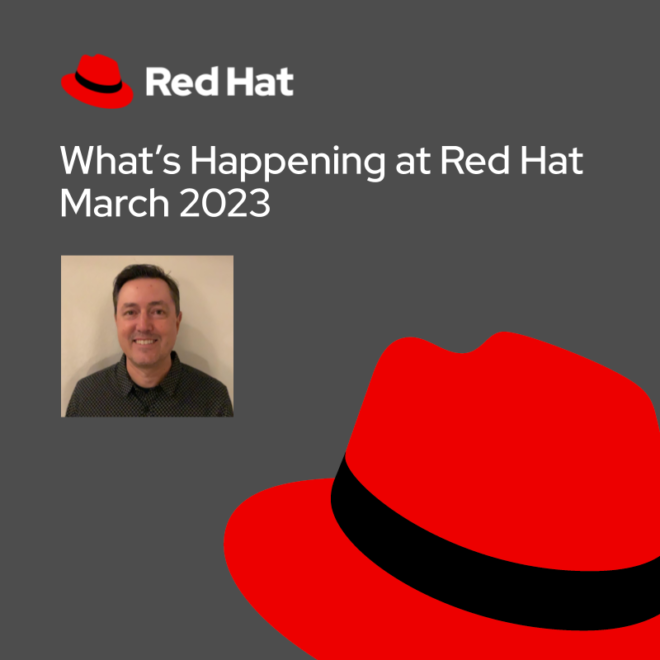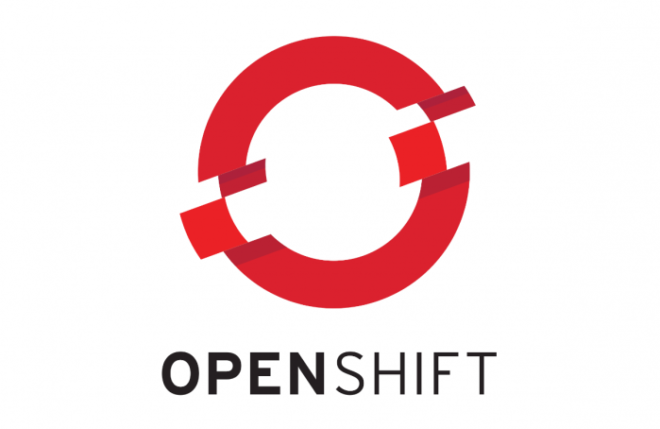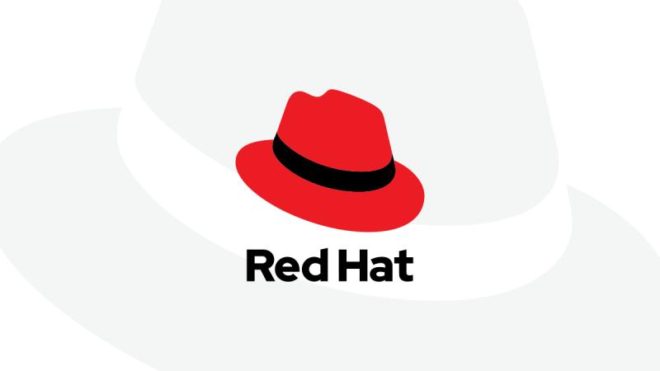Hello Red Hat enthusiasts. The new year is off and running and it’s time to get energized and up to speed on the technologies that are changing our IT lives. The great thing is these are all at no cost, so let’s get after it!
Automation Technical Overview – Free Course by RH Learning
The Ansible Basics: Automation Technical Overview course introduces you to Red Hat Ansible Automation Platform, providing a foundational understanding of automation for IT infrastructure management. Through on-demand videos, you’ll explore essential concepts and real-world applications of Ansible to streamline IT tasks.
Key Takeaways:
- Learn the fundamentals of Ansible, including modules, tasks, and playbooks, for automating IT processes.
- Understand how Ansible Automation Platform and Automation Controller integrate into workflows for managing cloud, virtual, and physical infrastructure.
- Gain hands-on insights from industry expert Roger Lopez on using automation for configuration management, application deployment, and orchestration.
Learn more about the class offering, outline and register HERE.
RHEL AI – Get up to speed with this new learning path
Artificial Intelligence (AI) is transforming IT, but generic AI models may not meet your organization’s specialized needs. RHEL AI and InstructLab provide a powerful, open source solution for building, fine-tuning, and deploying AI models tailored to your enterprise.
Key Takeaways:
- RHEL AI is a foundation model platform that integrates IBM’s Granite LLMs with InstructLab’s model alignment tools, simplifying AI deployment.
- Organizations can customize AI models with RHEL AI using basic Python and YAML knowledge, leveraging open source resources for training and fine-tuning.
- Red Hat Developers offers a free, step-by-step AI learning path to guide users through data collection, pre-training, and deployment—no registration required.
Learn more about this training HERE and HERE.
Maximizing AI Potential with Model-as-a-Service
Model-as-a-Service (MaaS) is a solution that enables enterprises to operationalize AI models as scalable services, helping them overcome the challenges of developing, training, and managing AI workloads at scale. By offering pre-trained models through an API gateway on a hybrid cloud AI platform, MaaS allows organizations to accelerate time-to-value and streamline AI adoption. Organizations can either develop and deploy MaaS internally or leverage a trusted provider, reducing infrastructure costs while maintaining control over data privacy and security. MaaS also enhances efficiency by enabling teams to access AI models without requiring deep expertise in AI infrastructure management.
Red Hat OpenShift AI provides a robust foundation for MaaS by supporting model training, serving, and monitoring while ensuring security, scalability, and multi-tenancy. OpenShift AI facilitates AI orchestration, routing API requests to the appropriate model instances, and integrating various tuning techniques. Additionally, Red Hat 3scale API Management ensures efficient access control, analytics, and monetization of AI models. By abstracting the complexities of infrastructure and MLOps, MaaS allows organizations to deploy AI solutions more rapidly, accelerating innovation and time-to-market while optimizing costs.
Read the full article HERE.
Predictive AI vs. generative AI
Predictive AI and Generative AI serve distinct purposes within machine learning. Predictive AI analyzes historical and real-time data to forecast future events with high accuracy, making it valuable for applications like financial risk assessment, supply chain management, and healthcare diagnostics. It relies on statistical methods and machine learning models to detect patterns and provide data-driven predictions. Generative AI, on the other hand, creates new content—such as text, images, music, or code—by leveraging deep learning and neural networks. It is widely used for creative applications like content generation, data augmentation, and AI-assisted writing or coding.
While both AI types enhance human intelligence and optimize business processes, their outputs differ in explainability and risk. Predictive AI’s decisions are often traceable, but it requires high-quality, unbiased data to ensure accurate forecasts. Generative AI, while creative, can produce hallucinations or unintentionally replicate copyrighted material. Businesses leverage Predictive AI for decision-making and efficiency, while Generative AI is more suited for content creation and automation.
Click HERE to learn how Red Hat is involved with both Predictive and generative AI.
News & Other Top Stories
• Ben Cushing shares value of thinking small when it comes to AI language models
• Mission Assurance with Red Hat and Dynatrace
• Modernizing Space Communications
• Red Hat Named to World’s Most Innovative Companies 2025 List
• Red Hat Teams Up with Axiom Space
• Top 5 priorities for government overview – FEATURED POST
Upcoming Events:
• Federal Executive Forum – AI Strategies: April 8
• Ansible Automates – Virtual: April 24 – FEATURED POST
• Red Hat Summit: May 19-22
• Red Hat Summit Session Catalog
Red Hat Training (FREE)
LINK to classes by Red Hat
LINK to classes by edX
Please feel free to reach out to me with any questions you might have on the content or anything else that might help you with your Red Hat solutions.
- Scott Belz



